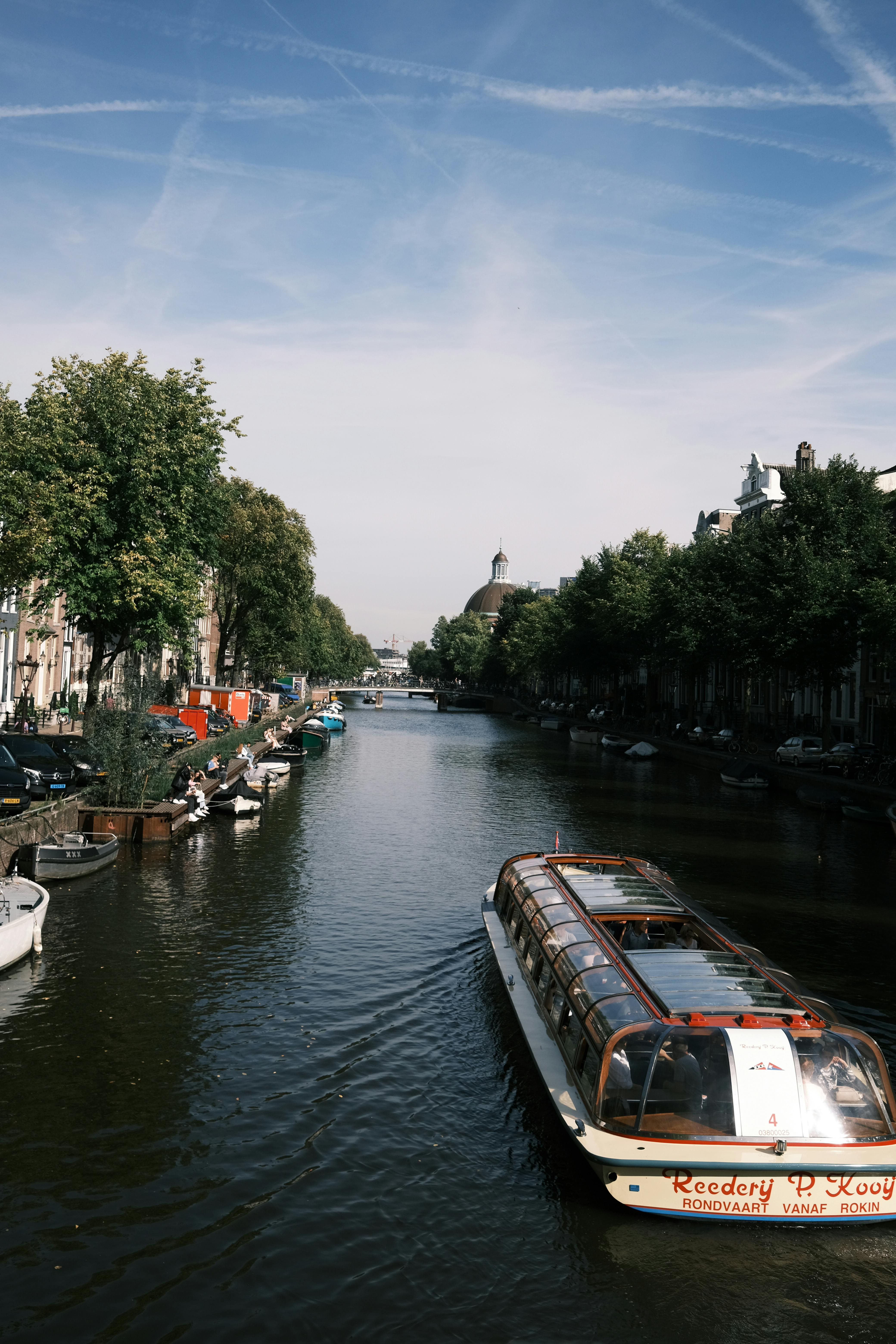Sewer Tourism: Exploring Urban History Below the Surface
Paris, London, Rome - these iconic cities are renowned for their stunning architecture and rich history above ground. But a growing trend is taking intrepid travelers beneath the streets to explore the hidden world of urban sewers. Sewer tourism offers a unique glimpse into a city's past, infrastructure, and engineering marvels. This unconventional travel experience is gaining popularity among those seeking to uncover the secrets lurking below bustling metropolises.

The appeal lies not just in the novelty, but in the rich stories these underground passages hold. Sewers have played crucial roles in public health, urban development, and even wartime activities. In Paris, the extensive sewer system famously sheltered resistance fighters during World War II. London’s Victorian-era sewers, built in response to the Great Stink of 1858, revolutionized sanitation and remain a marvel of 19th-century engineering.
A Journey Through Time and Technology
Exploring urban sewers is like taking a journey through time. Many of these systems date back centuries, with some Roman-built sewers still in use today. Visitors can observe the evolution of engineering techniques, from ancient stone aqueducts to modern concrete tunnels equipped with advanced filtration systems.
Tours often highlight the architectural features of these underground marvels. In Vienna, the elaborate brick archways of the city’s main sewer collector, built in the late 19th century, showcase the aesthetic considerations even in utilitarian infrastructure. These tours provide insight into how cities have grown and adapted their waste management systems over time, offering a unique perspective on urban development.
Environmental Education and Awareness
Sewer tourism isn’t just about historical curiosity - it also serves as a powerful tool for environmental education. Many tours focus on raising awareness about water conservation, waste management, and the impact of human activity on urban ecosystems. Visitors gain a newfound appreciation for the complex systems that keep cities functioning and the challenges of maintaining them in the face of climate change and population growth.
In Tokyo, sewer tours emphasize the city’s innovative approach to stormwater management, showcasing massive underground cisterns designed to prevent flooding. These experiences encourage travelers to think critically about sustainability and their own role in urban water cycles.
Challenges and Considerations
While sewer tourism offers unique insights, it comes with its own set of challenges. Safety is paramount, and tour operators must adhere to strict protocols to protect visitors from potential hazards such as poor air quality or slippery surfaces. Many tours are limited in size and frequency to minimize disruption to working sewer systems.
Additionally, the concept of sewer tourism raises questions about the ethics of turning essential infrastructure into a tourist attraction. Critics argue that it may trivialize the work of sanitation workers or pose security risks to urban water systems. However, proponents maintain that these tours foster greater public understanding and appreciation for often-overlooked municipal services.
The Future of Underground Urban Exploration
As cities continue to evolve, so too will the opportunities for underground exploration. Some municipalities are embracing sewer tourism as a way to fund infrastructure maintenance and educate the public. Others are developing virtual reality experiences that allow visitors to explore these hidden realms without physical access.
The growing interest in sewer tourism reflects a broader trend towards experiential travel and a desire for unconventional perspectives on familiar destinations. As travelers seek out more immersive and educational experiences, urban exploration below the surface is likely to become an increasingly popular niche in the tourism industry.
Navigating the Depths: Tips for Sewer Tourists
-
Book tours well in advance as spaces are often limited
-
Wear sturdy, waterproof footwear and clothing you don’t mind getting dirty
-
Follow all safety instructions and stay with your guide at all times
-
Bring a camera, but be prepared for low-light conditions
-
Consider the physical demands - some tours involve climbing ladders or walking long distances
-
Research the specific tour offerings, as content and access vary by city
Sewer tourism offers a fascinating new lens through which to view urban history and infrastructure. By venturing beneath the surface, travelers gain a deeper appreciation for the complex systems that sustain modern cities. As this trend continues to grow, it challenges us to reconsider our relationship with the built environment and the hidden networks that shape our urban experiences.





